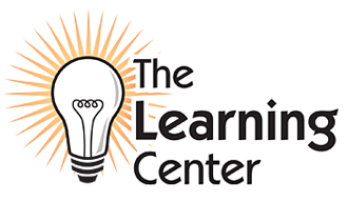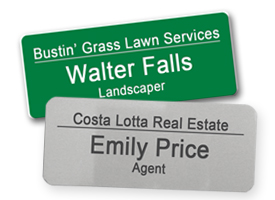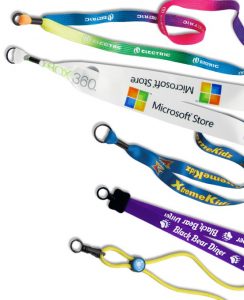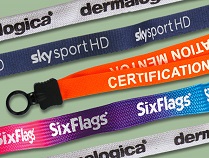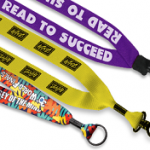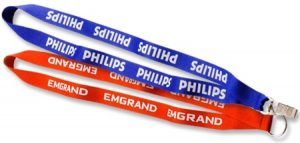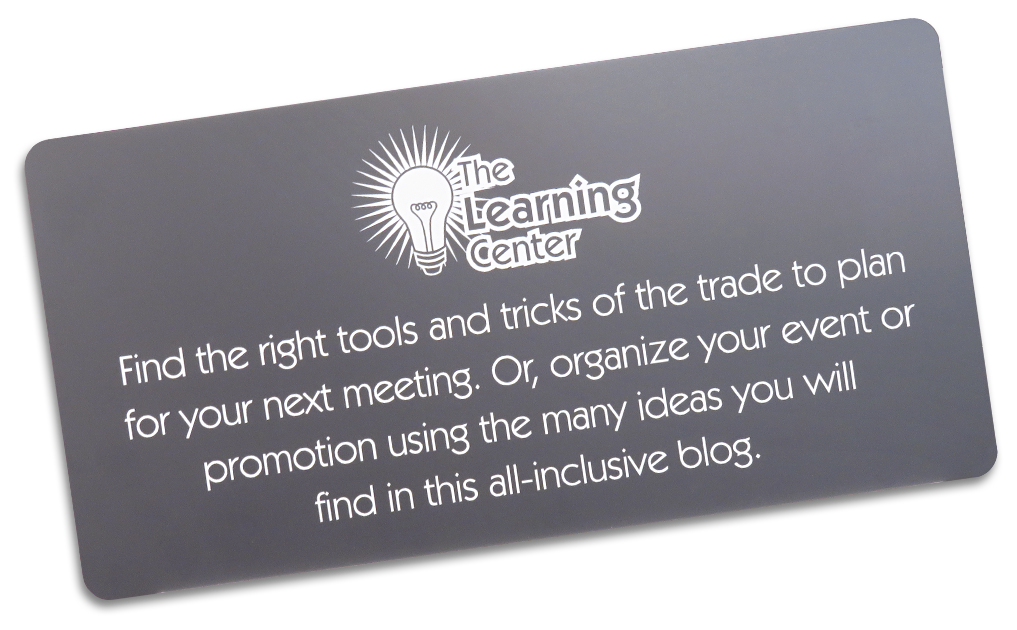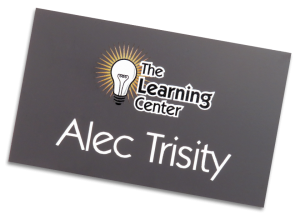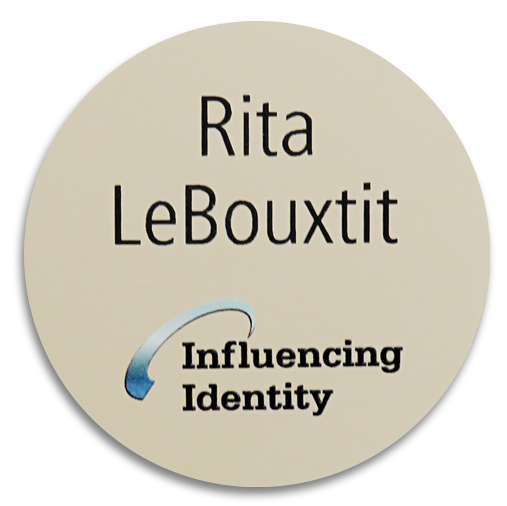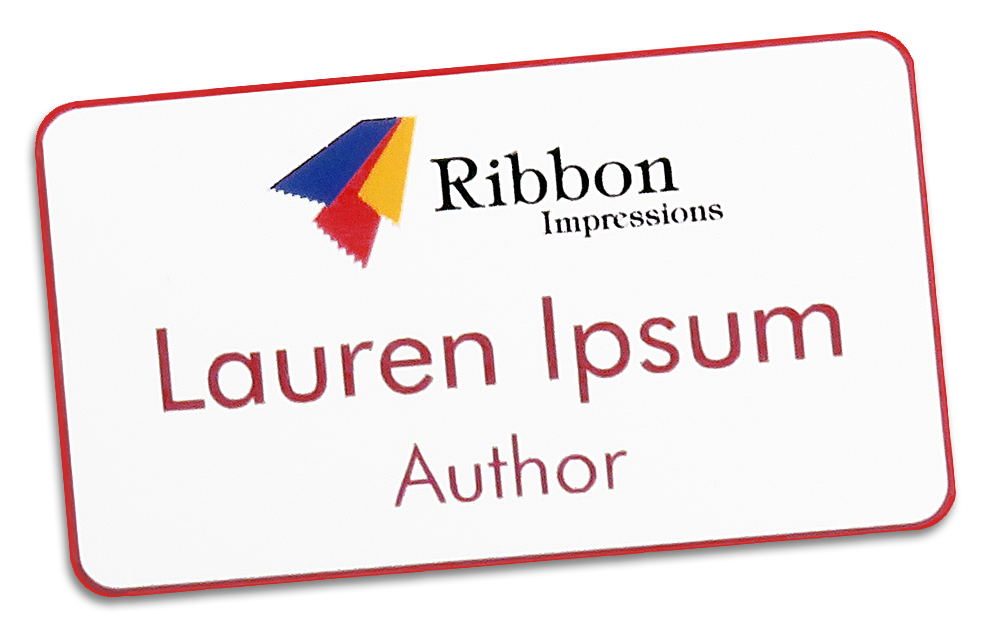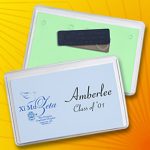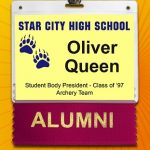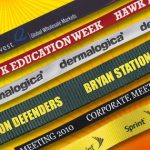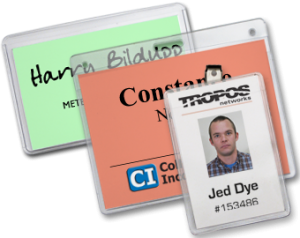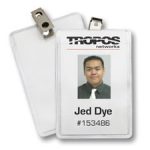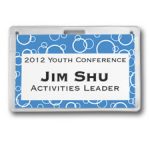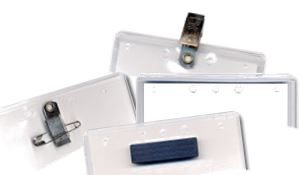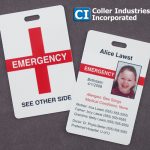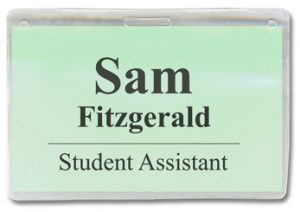No matter what you hope to achieve by attending conferences, these eight steps will help you get there.
Part of maintaining a successful business is attending conferences. They give you opportunities to build connections, learn from experts in your field and promote your brand. How much you benefit from these opportunities depends on your approach. If you prepare well, spend your time wisely and apply what you learn, you will take your company to new heights. To ensure you get the most out of your conference experiences, follow these eight steps.

1. Know Why You Are Attending Conferences
Having a goal is fundamental to maximizing your conference experience. If you know what you want to achieve, then you will know how to prioritize your time. So, unless your boss gives you a specific reason for going to a conference, come up with one. It could be to find new clients, learn about the latest technology or form a business partnership. If you have trouble coming up with a goal, think about where your company is right now and ask yourself what would make it better. Once you have the answer to that, then setting a goal for the conference will be much easier.
2. Find Out Who You Want to Meet
Now that you have a goal, create a list of people you need to talk to at the conference. By making this list ahead of time, you increase your chances of achieving your objective. Start by researching more about the speakers and presenters. Once you figure out which ones will best help you reach your goal, make plans to talk to them sometime during the conference.
Don’t just stop with the speakers. Use social media hashtags and other technology to find out who else will be at the event.
Most conferences these days have an app that allows you to connect with fellow attendees. Download the app before the conference and take a look at who else is attending. If you find someone interesting in the app, take the time to do a bit of research on them so that when you do happen to meet up in person at the event you can breeze through the icebreaker and get right down to a meaningful discussion.
3. Plan Your Conference Agenda

Use the conference itinerary to plan which sessions you will attend. Any time you spend figuring out which session to go to and how to get there is time you could have spent working toward your goal. So, plan ahead of time and map out how you will get from one session to the next. Also, find out where the closest restrooms will be so you are not wandering the halls or showing up late to a session. Becoming familiar with the venue also allows you to help your fellow attendees, which is a great way to form new relationships that could benefit your business.
4. Prepare to Collect and Distribute Contact Information
Before you show up to the conference, make sure you have a way to collect people’s contact information. If you are lucky, you will have tons of business cards by the end of the event. Make sure you keep all that contact information safe so you can use it later. Bring a folder to store business cards in or put the information onto a spreadsheet. As long as you have a system in place, you will be able to follow up with the people you met at the conference.
Make it easy for people to follow up with you by having tons of business cards on hand. The cards need to be easy to read so that people have no trouble contacting you. Also, make sure to include your social media handles as well as your phone number and email address. For some people, connecting through social media is more comfortable than a direct email or phone call. So, give people different ways to contact you so that they are more likely to follow up after the conference.
5. Wear Your Name Tag when Attending Conferences
Even though most conferences give you a name badge to wear during the event, bring the name tag you use for work. Wearing a name tag that matches your brand helps people associate you with your products or services. And, it increases brand recognition. If your company does not use name tags, talk to your boss about having one custom made. Wear it so other people can easily read it. As you wear a name tag that has your business name, logo and job title, you will see it spark people’s interest in your company, which could lead to future growth.
6. Pay Attention During Presentations and Workshops
After several hours of listening to people speak, your mind can start to feel groggy. So, do things to help you remain alert. Stay hydrated and have snacks for whenever you start to feel your energy drop. Sit close to the front so you can easily see and hear the speaker. For note-taking, don’t just write down what the speaker says. Think about how it could help your business improve and jot down your ideas. These are just some strategies to help you stay focused on the presentations. As long as you make an effort to pay attention, you will get a lot more out of the conference than if you didn’t.
7. Follow Up After the Conference
Don’t let the connections you made go to waste. Follow up with your contacts, but gently. You don’t want to come off as overbearing or desperate for a business connection.
Whether you swapped emails, social media or business cards, use what you have to start up a professional yet friendly conversation. Make it your goal to form a connection that will last. Listen to what they have to say, and don’t be aggressive in how you approach them.
8. Take What You Learned and Make Plans
You have gathered a wealth of information. Now it is time to put it to good use. First, go over your notes, especially the ideas that came to your mind during the conference. Out of everything you wrote down, what will help your business move onto the next stage of development? You may want to apply everything you learned at the conference, but what you do first will depend on where your company is at now. So, discuss what you learned with your team members and your boss before you move forward. Once you decide the best way to proceed, begin making plans. As you apply what you learned from the conference, and follow up with the people you learned from, you will receive a higher return on your investment.
Now that you know the steps to getting the most out of attending conferences, apply them to every event you attend. As you come to these events prepared to learn, make connections and promote your brand, you will see your business bloom.
